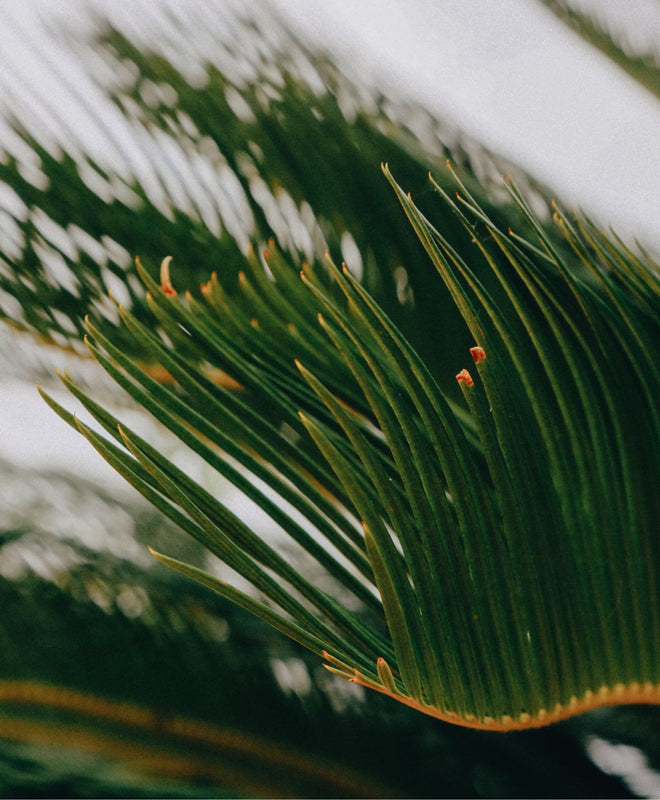
Maintenance sheet: Phoenix Canariensis
Pas le temps de tout lire ? 👇Cliquez ici pour un résumé👇
Sommaire

Maintenance sheet
Exposure
It must imperatively be as bright as possible, if your interior is rather dark your Phoenix will eventually wither. Outdoors your companion will acclimatize to the spray and partial shade if it is protected from strong winds.
Watering
At home it needs to be lightly but regularly watered and its leaves misted. Outside, be sure to water it well, especially in dry and hot weather. The older it gets, the less water you will need to spend.
Cultivation errors
Contrary to what it suggests, it is a semi-hardy palm, which only survives short periods of non-intensive frost. If you expose it outside defenseless in winter, its heart may take a serious blow. The best is to offer it a sheltered place, while taking care to bind its leaves together to protect it.
Diseases and Parasites
- Consequences : The Palm Sphinx hides under the pleasant name of Paysandisia Archon, it is nevertheless a most formidable parasite for your plant. The caterpillar grows and feeds in the stipe, pumping cellulose from the fibres. It is a real scourge which, in many countries around the Mediterranean, is decimating the palm trees at all costs.
- Solution : Four methods are recommended in the event of heavy infestation: insecticides for chemical control, bagging and glue as a physical barrier, trapping by pheromones and sexual confusion, not to mention biological and pathogen control. These methods being delicate as possible, only a professional will be able to get rid of them in an efficient and secure way.
As for red spiders and others, such as mealybugs and weevils , we invite you to consult our article dedicated to their destruction. You will have every opportunity to hunt and eradicate the slightest insect or mite that would come to fight, or even act as a preventive measure.
Repotting or planting the Phoenix Canariensis
Container planting: Recommended for cold regions, this type of installation is suitable for the Canary Islands palm. An ingenious way to protect it from the first cold spells, after planting it in a large container placed on wheels. So for its protection you can place it in a greenhouse, or in a good place in a veranda to enjoy it even better.
- The Phoenix Canariensis is to be planted in the spring. As it does not tolerate clay and heavy soils well, offer it well-drained soil. Even if it's in the garden , place a good thickness of gravel that will line its hole.
- To ensure a good recovery, do not hesitate to water it copiously the first year, especially if the weather turns hot. Drought does not suit it, so watch its leaves, if they dry it is a sign of poor hydration.
- When the first frosts arrive, often in autumn, mulch its foot to protect the roots. If necessary and in the event of bitter cold, cover it with a wintering veil to prevent it from thermal shocks which can be fatal.
- For aesthetic reasons or as a precaution, you will have to prune the yellowed palms at the end of spring. Water sparingly during the winter, even if you have kept it warm indoors .
Good to know
You will have understood that the Phoenix only cares about its comfort. Insofar as you will have been able to reserve the space necessary for its well-being, it does not matter the region where you will install it. So you will be able to grow it both in Biarritz and in Brittany, it will not hold it against you.
POUSSE, the plant architecture agency that reconnects your spaces in Lyon, Paris and Bordeaux to nature.
Contact us: bonjour@pousse.fr
Written by Léa Carré